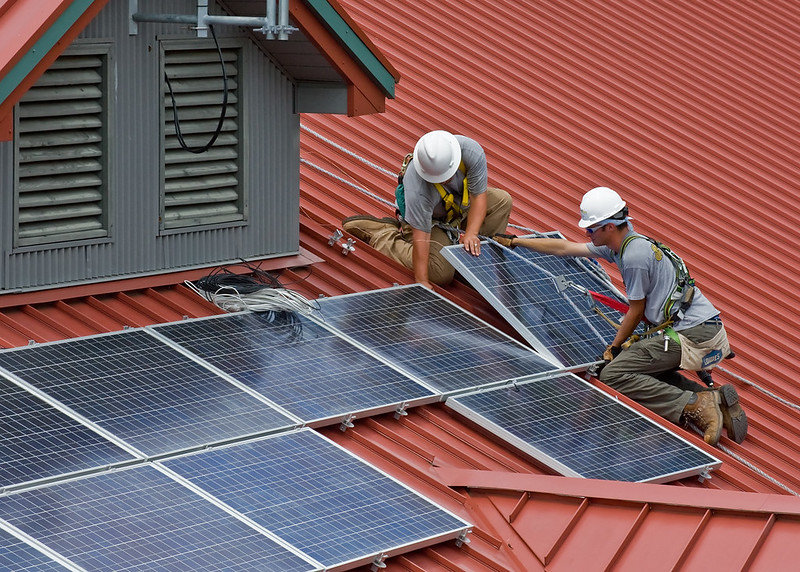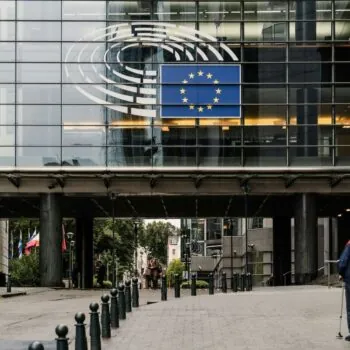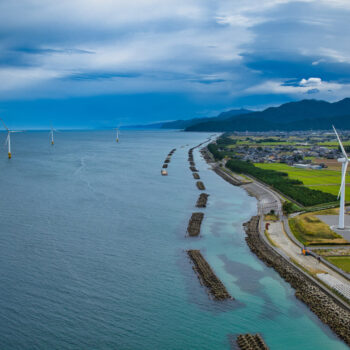Support for a green recovery from the COVID-19 crisis has been widespread. We’ve seen it coming from EU leaders, companies, cities and lawmakers to name a few. But how does support translate to concrete action? How can the EU ensure all 27 Member States’ crisis responses add up to something bigger?
Our clean economy team – covering energy, innovation, industry, efficiency and cooling – has put its heads together to answer these questions. In the following blog we examine cross-cutting actions to boost short-term stabilisation and long-term growth.
Using the clean economy’s potential to stabilise the economy
Greening the economy is, of course, not the only area for governments to focus on in this initial stabilisation period. But many clean economy activities are actually well suited to reigniting consumer demand and supporting peoples’ incomes.
Boosting demand for goods
A lot of potential for increasing consumer spending lies in demand side action. Boosting building renovation and investing in smarter energy grids can quickly cut energy bills and increase disposable income. Focussing on shifting away from fossil fuelled boilers for example could be the first step to lift millions out of energy poverty.
Cooling demand is on the rise, in particular in Southern Europe, which faced the worst initial impacts from COVID-19. Buy-back schemes for air conditioning units in return for new, more efficient ones would not only cut costs for households and SMEs, but also help keep peak electricity demand in check.
Reducing material consumption and adopting circular practices is another good way to increase disposable income. Keeping buildings, cars and appliances in play for longer while also investing in repairs, retrofitting and reconstruction could reduce the costs of products and services and boost consumption.
Safeguarding and increasing employment
With much of EU renewables capacity reaching its 15 year lifetime, repowering existing capacities in Western Europe could offer a quick manufacturing boost. The additional liquidity in the market should be used to bring down financing costs for renewables where they are higher, such as in Eastern Europe, or to strengthen emerging renewables markets like in Poland and Hungary. This could support the already expansive cross-European renewables supply chain and jobs in all of these regions.
Creating new jobs is not just about investing in large scale infrastructure. Gas network refurbishment to curb methane leakage could be fast-tracked to support maintenance jobs. Public loans could provide bridge financing until companies can repay loans through these efficiency gains. Public procurement rules could be used to stabilise demand for clean products and thus jobs connected to those products, e.g. on product efficiency.
With low energy prices increasing the pressure on coal, it makes sense to bring forward mine closures and “Just Transition” plans along with re-skilling programmes. Governments should expand job-intensive but resource efficient practices, such as building deconstruction, car remanufacturing and restorative agriculture.
Dedicating funding to industrial SMEs to increase energy efficiency could lead to immediate cost reductions for businesses, alleviating cash flow problems and allowing worker retention. Emergency grant support could help the growing number of low carbon start-ups stay afloat – in Germany they represent a fifth of the start-up market – and boost the EU market share in emerging technologies.
Using the clean economy’s potential for sustainable growth
As we “borrow” taxpayers’ money from future generations how do we use this as a high value investment into their future? ‘Recovering better’ requires putting public objectives such as system resilience, sustainable growth and citizen wellbeing at its centre.
Increasing system resilience
Today’s investments will yield a better return over the long term if they increase resilience to future shocks – such as climate change. With the world already on track to 1.5° degree warming, economic activities and livelihoods need to be resilient to a changing climate. Investing in efficient, clean cooling now will reduce risks to the energy system such as increasing peak electricity demand. Simultaneously, this investment will reduce the public’s exposure to extreme heat.
Resilience is also about anticipating disruptions, particularly from breakthrough low carbon technologies. The recent oil price crash gives us a preview of the potential destruction of demand for fossil fuels to come.Avoiding fossil fuel investments where they do not directly support people’s livelihoods would reduce exposure to stranded asset risks.
Developing more regional and diverse supply chains, expanding the use of decentralised energy grids and increasing the use of recycled materials from local stocks could all enhance resilience to future global trade and commodity price shocks.
Ensuring sustainable growth and wellbeing
Business models will change fundamentally over the next decade. Heating and car manufacturing for example face imminent challenges from disruptive technologies. Positive competition should be encouraged with an innovation premium for companies diversifying away from fossil fuel dependency in their supply chains and skills base.
Some essential breakthrough technologies need to be scaled up to bring down costs. Renewable hydrogen is one of them. The most effective support for new technologies may be through regulation rather than direct investment. Putting mechanisms to bridge higher capital and operating costs in place would be useful along with initiatives to boost demand for zero emissions products such as “greenhouse gas-content rules” for the procurement of construction materials.
With its upcoming ‘Recovery Instrument’, the EU can put the clean economy to work – maximising its potential for both quick and lasting wins for the economy and the environment.
This is the first blog in an upcoming E3G series on “recovering better” and has been written with contributions from Larissa Gross, Alexander Reitzenstein, Lea Pilsner, Ronan Palmer, Quentin Genard and Pedro Guertler. Our next blog will look at some of the structural elements for a successful Commission instrument to “recover better”.


